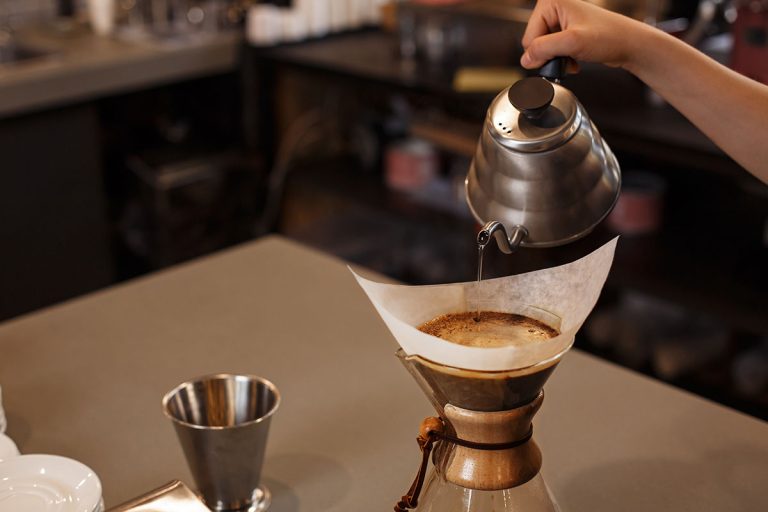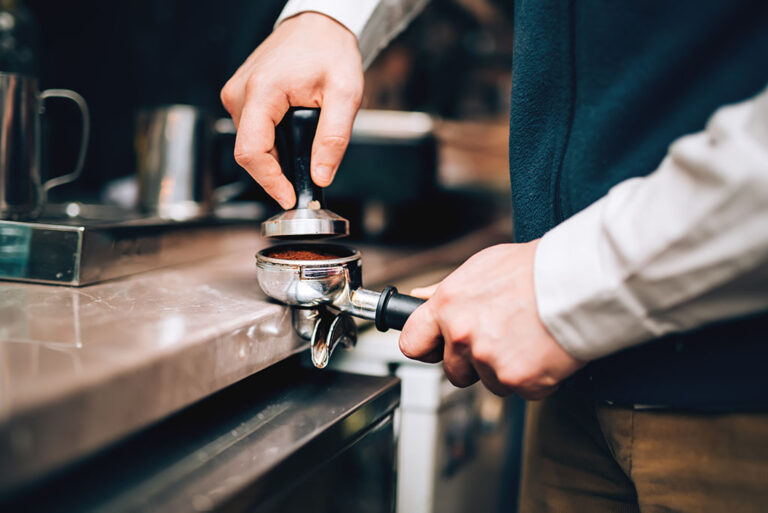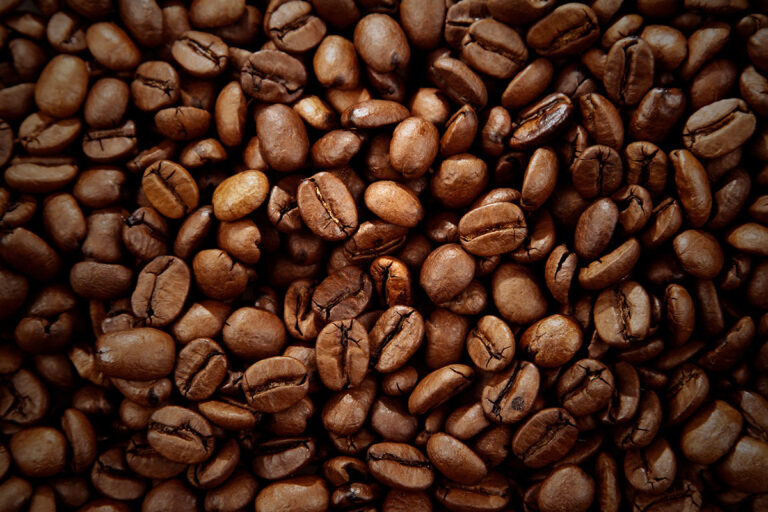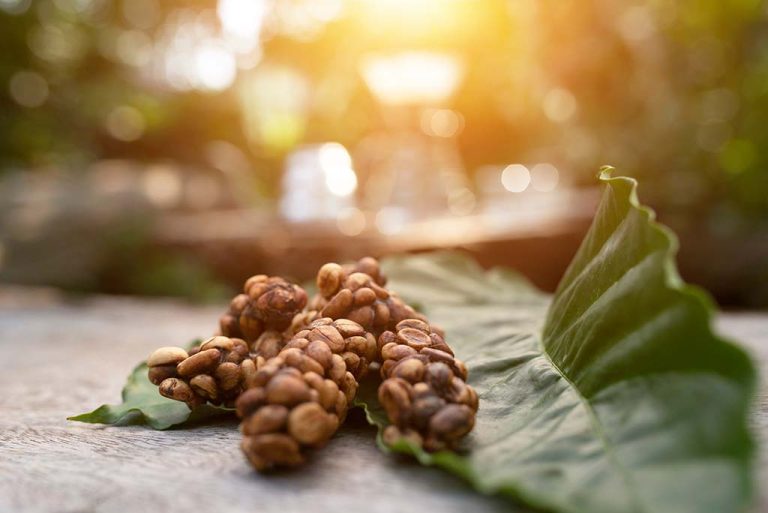Unpacking the Caffeine in Your Coffee Cup
Introduction
As an aficionado of coffee, the stimulating nature of caffeine and its effects on our system have always intrigued me. While it’s well-known as the kick-starter for many mornings, there’s depth in understanding its precise quantity in a cup of coffee and its overall implications.
Quantifying Caffeine in Coffee
Though a typical coffee cup might contain roughly 95 milligrams of caffeine, this isn’t a fixed number. Several elements play a role in this variation:
- Coffee Bean and Roast: On average, Robusta beans boast a higher caffeine content than their Arabica counterparts. Additionally, lighter roasts often retain more caffeine than darker ones, contrary to popular belief.
- Brewing Dynamics: Brewing methods like drip coffee tend to have more caffeine than espresso, primarily due to the difference in water quantity and brew duration. Elements like grind size and water temperature also play their part.
- Serving Size and Coffee Type: An 8-ounce brewed coffee usually holds 95 milligrams of caffeine. But, a 12-ounce latte and a single espresso shot both have around 63 milligrams. Hence, your drink choice matters.
Treading the Caffeine Tightrope
Navigating the world of caffeine consumption, balance is key. For most adults, a 400-milligram daily caffeine dose, equivalent to about four standard coffee cups, is deemed acceptable. But remember, individual factors such as health conditions, age, gender, and one’s natural tolerance to caffeine can sway this recommendation.
Caffeine: A Double-Edged Sword
While moderate caffeine consumption can indeed heighten energy levels, sharpen mental faculties, and even potentially reduce certain disease risks, excessive intake has its drawbacks:
- Pros: From enhanced alertness and improved cognitive functions to a lowered risk of diseases like Parkinson’s, the benefits are numerous.
- Cons: Overconsumption can lead to anxiety, disrupted sleep patterns, and health issues like high blood pressure.
For a harmonious relationship with caffeine, it’s crucial to:
- Monitor daily caffeine amounts.
- Strategically plan intake to avoid late-day consumption and subsequent sleep interruptions.
- Holistically integrate other well-being factors like balanced nutrition and regular exercise.
Concluding Sips
Caffeine’s presence in coffee isn’t just a fact; it’s an art and science combined. The variation in its quantity based on different factors gives coffee its multifaceted nature. While relishing that cup, be it for its flavor or the energy boost, staying informed ensures you savor its benefits without compromising health.
As you journey through the aromatic lanes of coffee, feel free to experiment, adapt, and discover what suits your palette and well-being the best. Here’s to celebrating coffee, responsibly and joyously!







